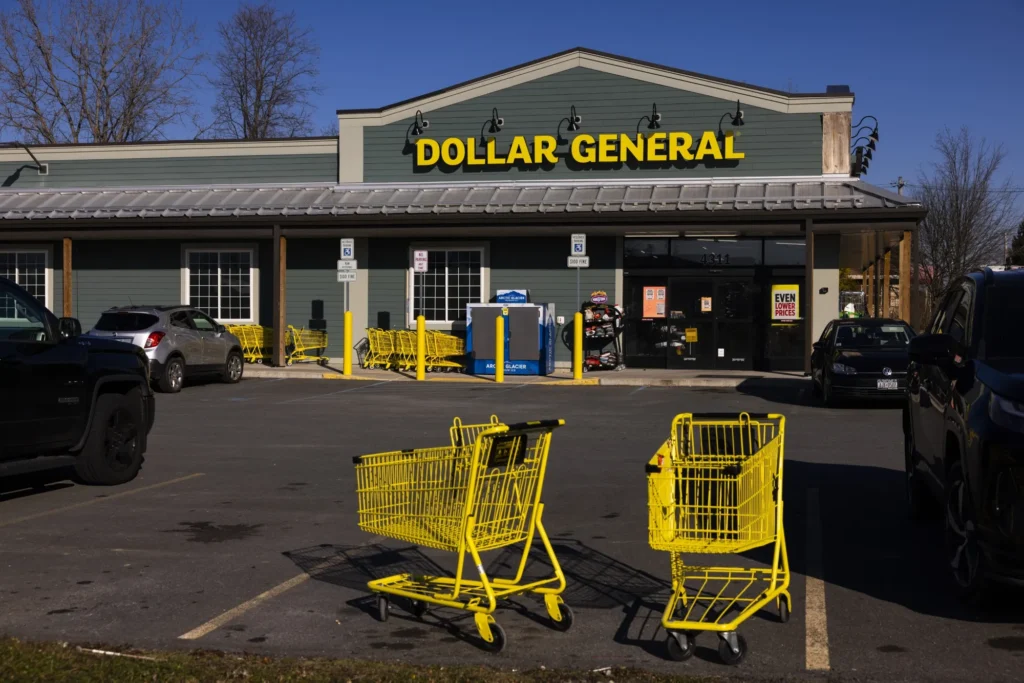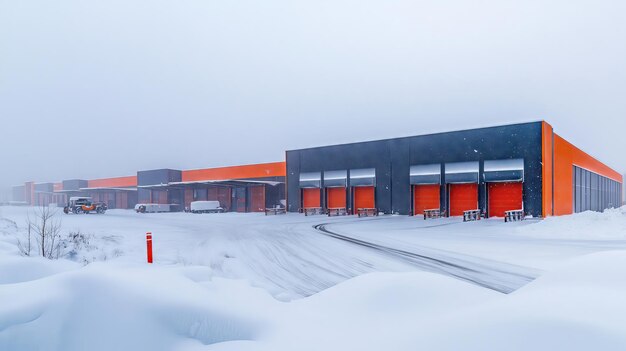
3. Key Lessons in Cultural Distribution for Marketers
Here are the biggest takeaways for marketers aiming to bridge the gap between Appalachia and urban America:
- One-size-fits-all doesn’t work: A national message needs local tailoring. Brands that localize voice, format, and channel perform better.
- Representation matters: People connect with stories and faces that reflect their own lives. Think beyond urban trendsetters—rural representation builds trust.
- Technology isn’t everything: In Appalachia, a loyal store clerk might drive more sales than a push notification ever could.
Whether you’re rolling out a new CPG product or designing a sales strategy for a SaaS tool, success hinges on cultural distribution—the art of understanding people, not just personas.
4. How to Start Adapting Your Sales Strategy
- Audit your audience: Are you only speaking to city dwellers? Revisit your user data.
- Build regional personas: Treat a Kentucky coal town consumer differently than a Brooklyn tech worker.
- Test and learn: Use A/B testing in urban and rural geographies to refine tone and channel choice.
And finally—listen more. Use social listening tools, community surveys, or even in-person focus groups to grasp cultural nuances.
Conclusion
As the U.S. becomes increasingly polarized—culturally, economically, and politically—marketers must resist the urge to homogenize. Instead, success lies in leaning into difference. Brands that understand the real people behind their markets will not only sell better—they’ll build lasting loyalty.
From the hills of Appalachia to the heart of Manhattan, cultural distribution is your bridge to relevance.


